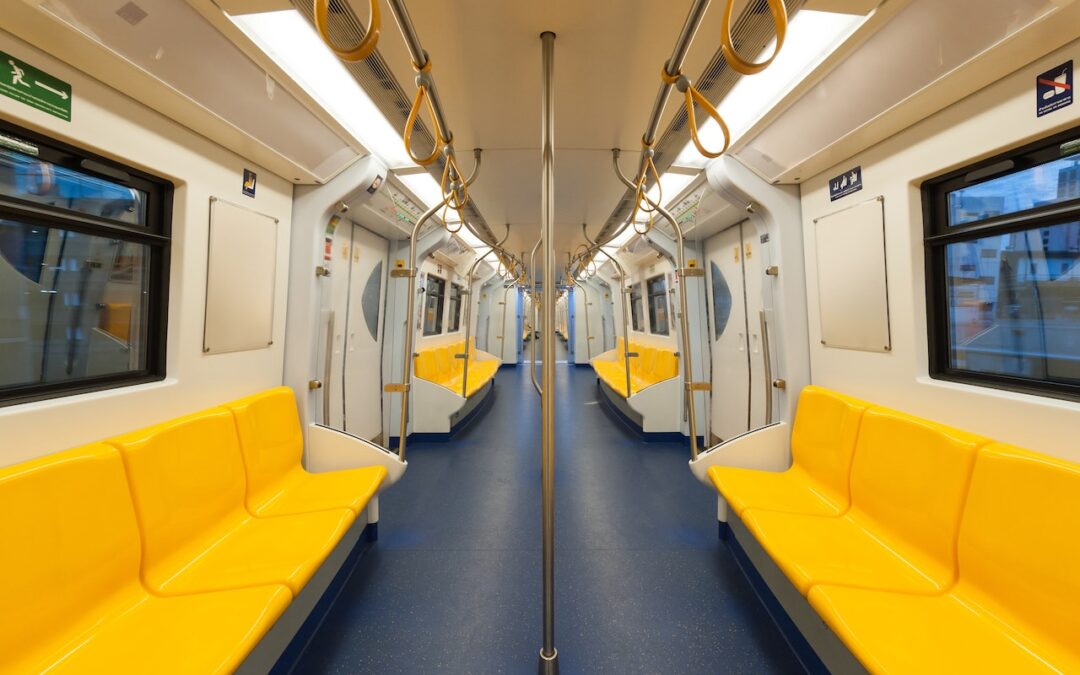Since 2008, member states of the Gulf Cooperation Council (GCC)—Kuwait, Bahrain, Qatar, Oman, Saudi Arabia, and the United Arab Emirates (UAE)—have been actively working to develop an extensive rail network that would connect all six countries. While there have been several stops and starts, the leaders of the countries agreed at the 42nd GCC Summit in December 2021 to create the GCC Railways Authority to oversee the project’s development. The entire scope of the project, if it ever comes to fruition, could cost as much as $200 billion.
While there’s still uncertainty as to whether the GCC railway will ever get built, there’s at least one major railway project that is gaining momentum. Oman is working with the UAE’s Etihad Rail company to develop the Oman-Etihad Rail Company, which will design, build, and operate a railway connecting the Sohar Port in Oman with the UAE National Rail Network.
In March 2023 the Oman-Etihad Rail Company announced it was accepting pre-qualification bids from companies capable of carrying out the network’s scope of civil works. The following is a look at everything to know about the proposed network and how it will strengthen economic and political ties between the two GCC nations.
A 303-Kilometer Network
The infrastructure company that wins the bid for the railway will be responsible for creating a 303-kilometer, $3 billion network linking the Sultanate to Abu Dhabi. Sohar and Abu Dhabi are 234.4 kilometers apart, and a bus ride between the two cities can take more than five hours. The rail network, with passenger trains traveling upward of 200 kilometers per hour, would cut travel time to about one hour and 40 minutes. It will also allow people to travel between Sohar and Al Ain in under 50 minutes.
In addition to enhancing the efficiency of passenger travel between Oman and the UAE, the joint railway project will help diversify the UAE and Omani national economies, improve tourism, and connect industrial centers in both countries. This will bring about new investment and trade opportunities for private-sector enterprises and reduce supply chain costs. Freight trains will be able to transport cargo at speeds of about 120 kilometers per hour.
The network will allow companies to circumvent the Strait of Hormuz when transporting goods, including crude, to dramatically lower delivery time and costs. The SOHR Port and Freezone in Oman is a major logistical hub in the Gulf and, among other companies, is home to Sohar Aluminum, which can produce as much as 375,000 tonnes of aluminum each year.
According to a Mercator report, companies whose ships dock once a week at the SOHAR Port can save as much as $10 million and 104 days of travel each year by using the new railway network as opposed to transporting cargo by boat. This could translate to savings of as much as $100 million for ship owners that provide a variety of transport services.
Agreement with Mubadala Investment Company
In February 2023 the Etihad Rail Company and Oman announced that they had signed a $3 billion cooperation agreement with Mubadala Investment Company to develop the extensive rail network. Mubadala’s support is believed to expedite the planning and development of the railway network, while the parties will also create joint committees and working groups to explore further financial and economic components.
“The MOU signed between Mubadala . . . Oman and Etihad Rail Company is designed to explore and unlock new opportunities in the infrastructure, transport, and logistics industries,” said Dr. Bakheet Al Katheeri, executive director of the UAE Industries Unit within Mubadala’s UAE Investments platform, at the signing ceremony. “The strategic partnership with Oman and Etihad Rail Company is aimed at driving economic development and collaboration amongst both countries as well as [creating] value for all stakeholders.”
Part of Oman’s Plan to Become a Global Logistics Hub
Already a logistics hub in the Middle East, Oman is actively working to position itself as a global logistics hub by 2040. The Sultanate hopes to add as many as 300,000 jobs to the logistics sector, at which point it would be Oman’s second-largest economic driver behind hydrocarbons. Oman’s transport and storage sector accounted for $4 billion in economic contributions in 2021, up 11 percent from the year prior. In March 2022, 65.5 percent of total imports were by sea. Land and air shipping, however, will increase with the development of the rail network as well as through a planned increase in air cargo throughput volumes to 1.5 million MT per year by 2040.
Duqm, a strategic port town, is another of Oman’s major initiatives to boost its logistics sector. One of seven commercial ports in the Sultanate, it now has a new port, dry dock, naval base, fisheries hub, oil tank storage terminal, and power and desalination plants, among other facilities. Logistics is projected to contribute $36.4 billion to Oman’s GDP by 2040.

